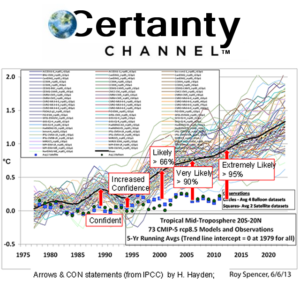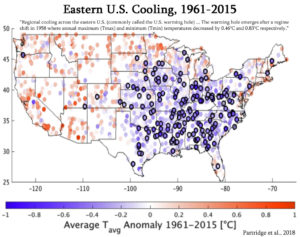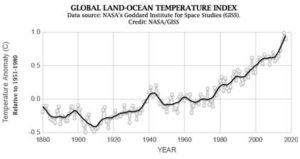by Joanna Nova, July 24, 2019 in ClimateChangeDispatch
It’s all so obvious. If researchers start with models that don’t work, they can find anything they look for — even abject nonsense which is the complete opposite of what the models predicted.
Holy Simulation! Let’s take this reasoning and run with it — in the unlikely event, we actually get relentless rising temperatures, that will imply that the climate sensitivity of CO2 is lower. Can’t see that press release coming…
Nature has sunk so low these days it’s competing with The Onion.
The big problem bugging believers was that global warming paused, which no model predicted, and which remains unexplained still, despite moving goalposts, searching in data that doesn’t exist, and using error bars 17 times larger than the signal.
The immutable problem is that energy shalt not be created nor destroyed, so The Pause still matters even years after it stopped pausing.
The empty space still shows the models don’t understand the climate — CO2 was supposed to be heating the world, all day, every day.
Quadrillions of Joules have to go somewhere, they can’t just vanish, but models don’t know where they went. If we can’t explain the pause, we can’t explain the cause, and the models can’t predict anything.
In studies like these, the broken model is not a bug, it’s a mandatory requirement — if these models actually worked, it wouldn’t be as easy to produce any and every conclusion that an unskeptical scientist could hope to “be surprised” by.
The true value of this study, if any, is in 100 years time when some psychology Ph.D. student will be able to complete an extra paragraph on the 6th-dimensional flexibility of human rationalization and confirmation bias.
Busted climate models can literally prove anything. The more busted they are, the better.
…












